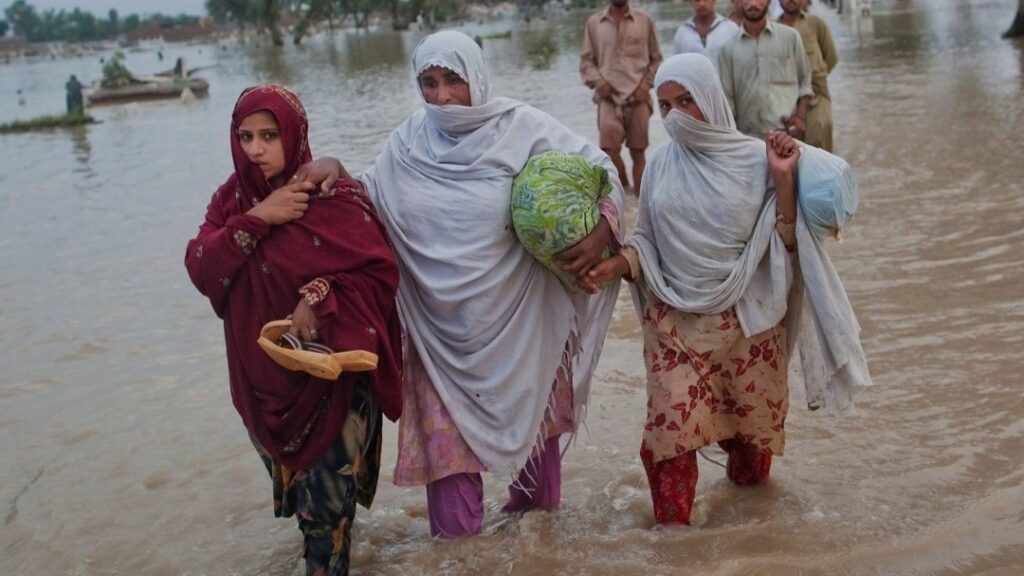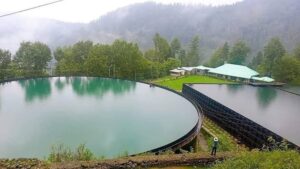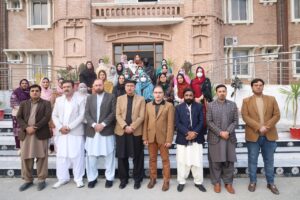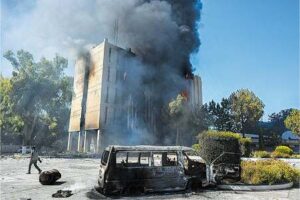PESHAWAR – In Pakistan, climate change and women are deeply connected, yet this crisis is rarely talked about. As extreme weather events hit communities, women often suffer the most—whether it’s farmers losing their crops to droughts or families forced from their homes by floods. The struggle is real, but it’s largely ignored.
Pakistan is one of the most climate-vulnerable countries in the world. The 2022 monsoon floods were a stark reminder, affecting 33 million people, killing 1,700, and causing nearly $15 billion in economic losses. But for women, recovery is even harder. They are the backbone of many communities, yet they lack financial security, land ownership, and access to aid.
The link between climate change and women is most visible in rural areas, where farming is a way of life. Women play a huge role in agriculture but often don’t own the land they work on. When disasters strike, they lose everything—income, independence, and security—without the safety net that men often have.
Climate policies ignore the struggles of women
Pakistan is seeking $1.5 billion from the International Monetary Fund’s (IMF) Resilience and Sustainability Facility (RSF) to tackle climate change. But most policies focus on infrastructure, not the everyday realities women face. Without direct support, they will continue to suffer the worst consequences of environmental disasters.
Displacement is another growing crisis. When floods and droughts force families to move, women become even more vulnerable—to violence, health risks, and financial instability. Relief camps often lack maternal healthcare, hygiene facilities, and basic safety measures. Pregnant women, in particular, face increased risks of preterm births, high blood pressure, and limited medical care due to rising temperatures.
Real climate resilience starts with empowering women
Pakistan’s climate response cannot be separated from its gender inequality crisis. The Global Gender Gap Report 2024 ranks Pakistan 145 out of 146 countries, with women’s economic participation at just 26.2% and political representation at 15.2%.
When women aren’t part of decision-making, policies fail to address their specific struggles.If Pakistan truly wants to build climate resilience, it must take women into account. Equal access to climate financing, support for women-led farming initiatives, job opportunities in sustainable industries, and better healthcare and safety for displaced women are all essential steps.
The crisis of climate change and women isn’t just an environmental issue—it’s a human rights issue. Ignoring it leaves half of Pakistan’s population unprotected in the fight against an increasingly unstable climate. The real question is: when will Pakistan realize that true resilience starts with empowering its women?
ALSO READ
Peshawar’s Pollution Crisis: Can Artificial Rain Be The Answer?
Water crisis in Afghanistan threatens lives amid climate challenges
Tale of Wilting Palms: How the Date Palm Plantation in Peshawar Cost millions












